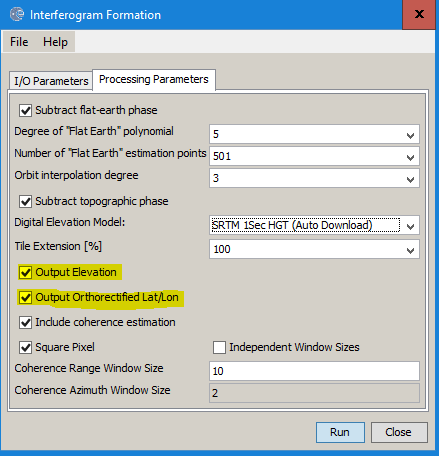Are you working with dual polarizations? You can only use once for PS InSAR anyway so I recommend to select VV in the Split step and continue with this band only.
I cannot tell if this is the reason for the error however.
Another thing that can be shortened is the creation of lat/lon bands by band maths. If you check it in the interferogram step, they are automatically created in the exact format that is needed for the export.

Finally, if you really want to go sure to have the data prepared correctly, I can highly recommend the Snap2stamps package: a free tool to automate the SNAP-StaMPS Workflow
It basically performs all required steps in an automated and structured way: coregistering multiple slaves against one master and creates an interferogram which is then debursted.